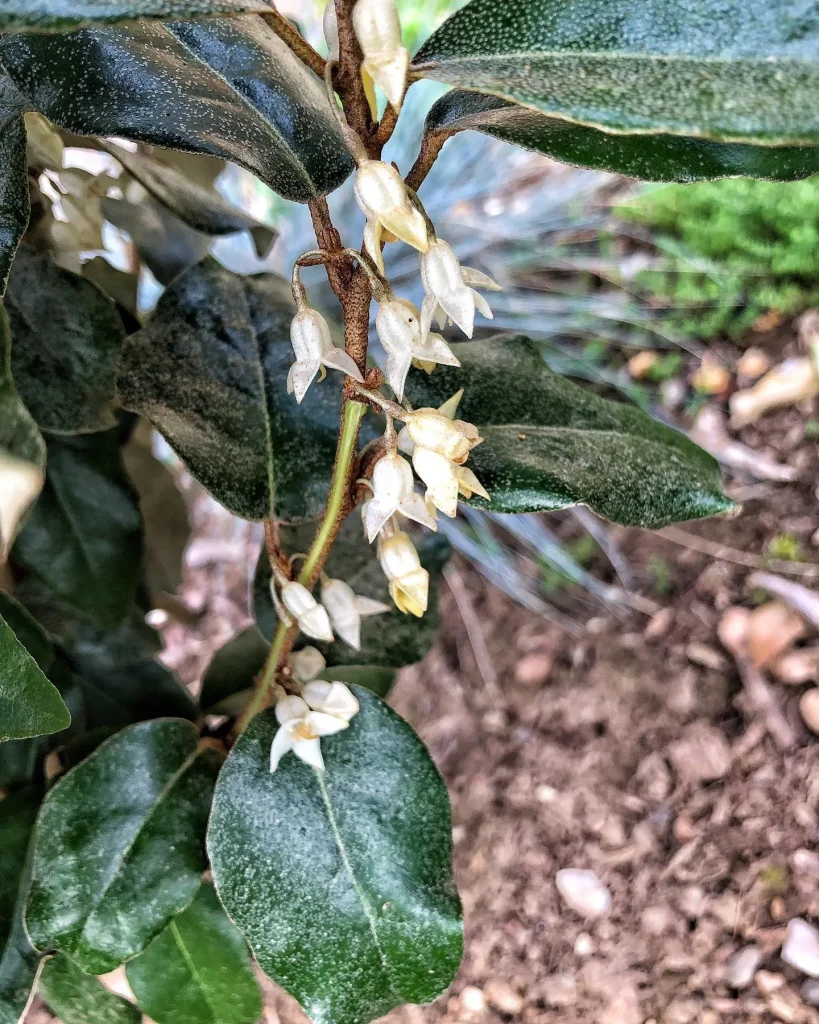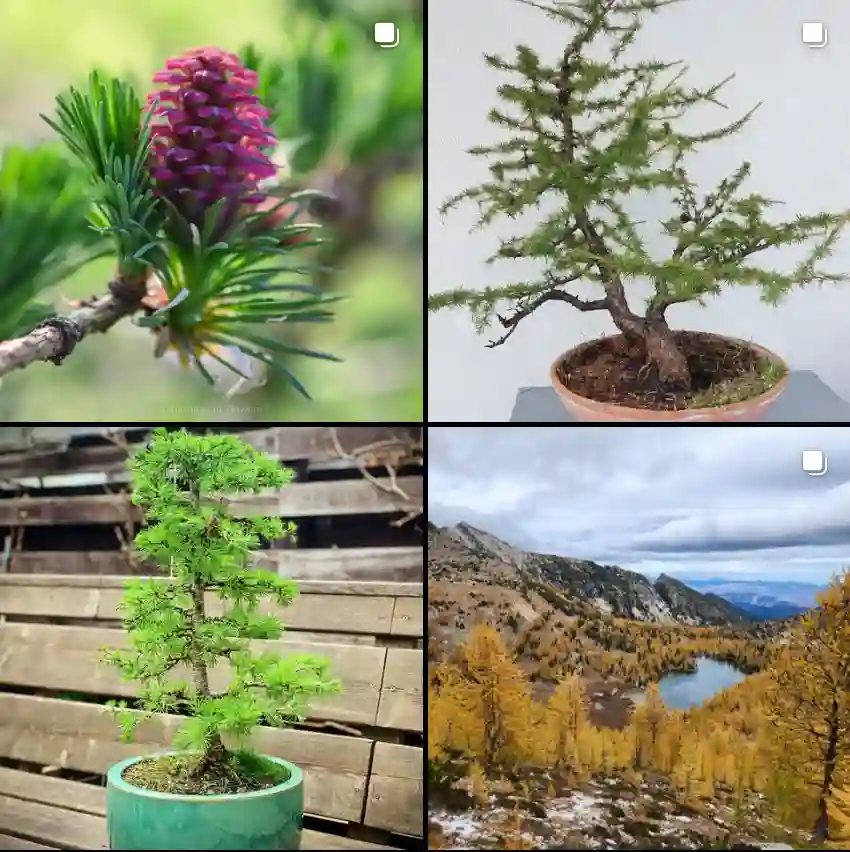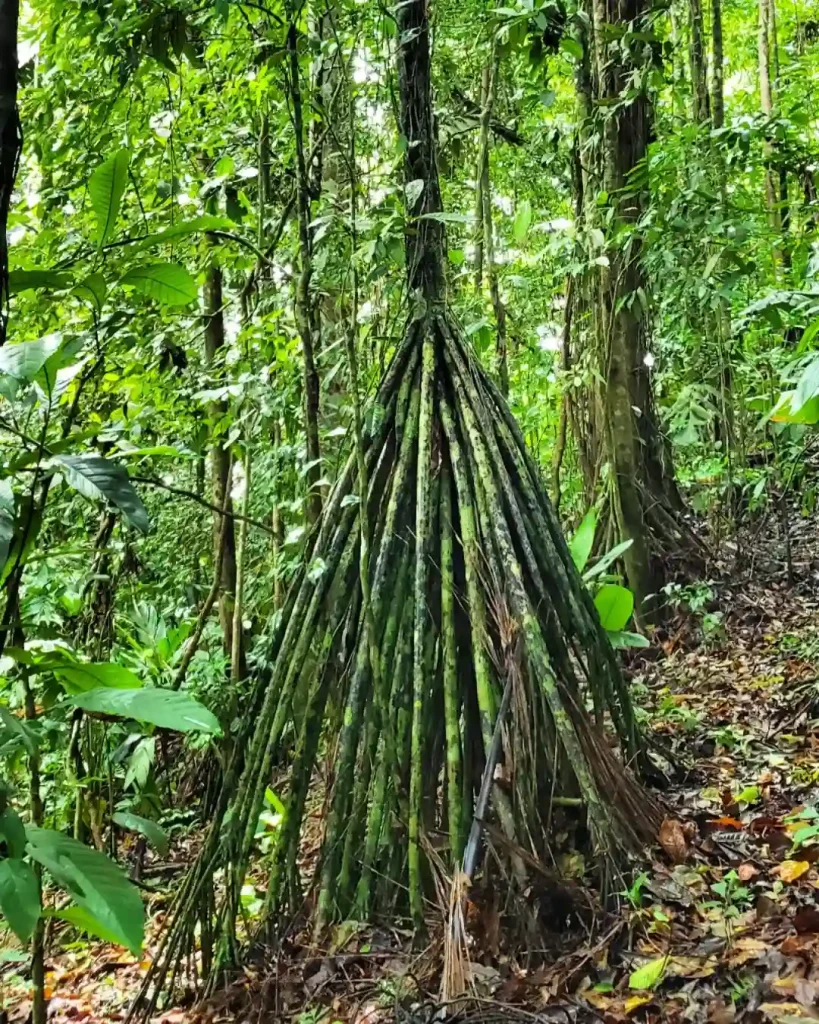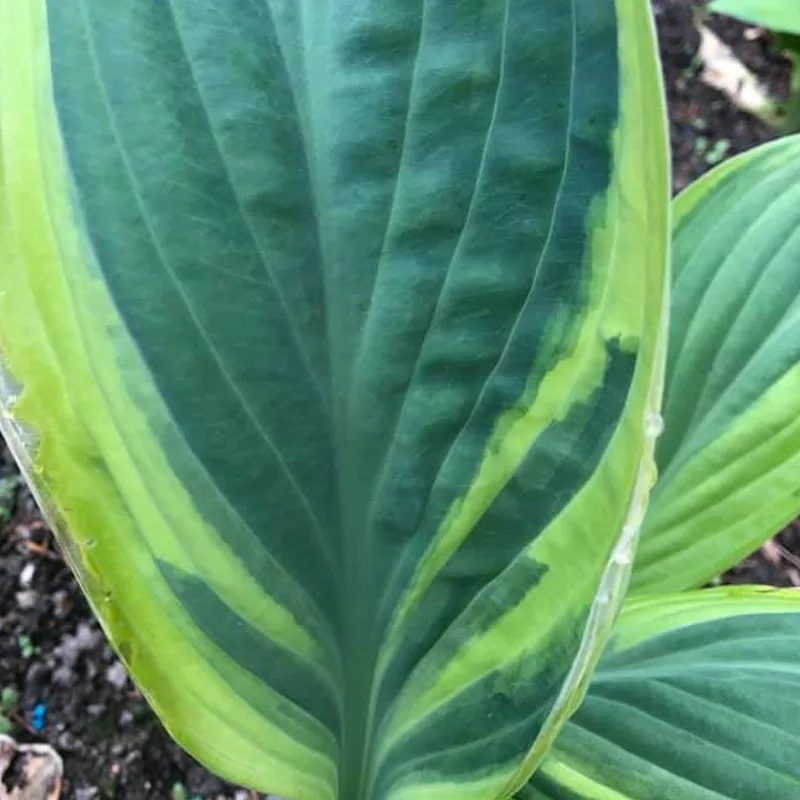Exploring the Posidoniaceae Family: A Personal Journey
As a passionate plant enthusiast, my explorations often take me into the depths of nature, where I uncover unique plant families and their ecological significance. Recently, I delved into the Posidoniaceae family, which primarily includes the genus Posidonia. This fascinating group of aquatic plants, commonly known as seagrasses, plays a crucial role in marine ecosystems. Join me as I share my journey of discovery, the characteristics of Posidonia, and its importance to our environment.
What is the Posidoniaceae Family?
The Posidoniaceae family consists mainly of seagrasses that thrive in shallow marine environments. These plants are characterized by their long, ribbon-like leaves and their ability to grow in sandy or muddy substrates along coastlines. The most well-known genus within this family is Posidonia, which contains about 9 species, with Posidonia oceanica being the most prominent and widely studied.
I’ve always been drawn to the underwater world, and discovering the role of Posidonia in coastal ecosystems has been a thrilling experience. These seagrasses are not just beautiful; they serve as vital habitats for various marine organisms, stabilize sediments, and contribute to nutrient cycling in the ocean.
The Posidonia Clan: A Species Showcase
- Posidonia angustifolia: Found exclusively in the waters of Western Australia, this species is known for its long, slender leaves.
- Posidonia australis: Also known as fiber-ball weed, this Australian native is recognized by its distinctive, fibrous fruits that often wash ashore.
- Posidonia coriacea: Another Western Australian resident, this species features thick, leathery leaves, giving it a robust appearance.
- Posidonia denhartogii: This species, named after the seagrass expert Dr. Cornelis den Hartog, is found along the southern coast of Australia.
- Posidonia kirkmanii: This Western Australian endemic is characterized by its relatively short and wide leaves.
- Posidonia oceanica: Perhaps the most well-known member of the genus, Posidonia oceanica, also known as Neptune grass, is endemic to the Mediterranean Sea. It forms extensive meadows that play a vital role in the Mediterranean ecosystem.
- Posidonia ostenfeldii: This species, named in honor of the Danish botanist Carl Hansen Ostenfeld, is found in the waters around Australia.
- Posidonia robertsoniae: This Australian species is named after the Australian botanist Dr. Diana Roberts.
- Posidonia sinuosa: This Western Australian species is distinguished by its wavy leaf margins.
The Beauty of Posidonia
The genus Posidonia features some of the most stunning underwater meadows I’ve ever encountered. When I first snorkeled over a Posidonia oceanica meadow in the Mediterranean Sea, I was captivated by the lush greenery swaying gently with the currents. The long, strap-like leaves can reach lengths of up to 1.5 meters, creating an underwater paradise teeming with life.
These meadows are often referred to as “marine forests” due to their complexity and biodiversity. I have observed various marine species thriving in these habitats, including juvenile fish, crustaceans, and mollusks. Watching small fish dart among the leaves while larger predators lurk nearby showcases the ecological dynamics at play. It is a vivid reminder of the interconnectedness of life in these underwater ecosystems.
Ecological Importance of Posidonia
The ecological significance of Posidonia cannot be overstated. These seagrasses provide numerous benefits to marine environments, including:
1. Habitat Provision
Posidonia meadows offer essential habitat for many marine species. Juvenile fish often seek refuge among the dense foliage, avoiding predators and finding food sources. During my underwater adventures, I have marveled at the vibrant communities that inhabit these meadows, reinforcing my understanding of their importance in supporting marine biodiversity.
2. Sediment Stabilization
The extensive root systems of Posidonia play a critical role in stabilizing sediments along coastlines. This stabilization reduces coastal erosion and prevents sedimentation from negatively impacting coral reefs and other sensitive marine habitats. I’ve witnessed the effects of coastal development, and it’s clear that preserving these meadows is vital for maintaining the health of our shores.
3. Carbon Sequestration
One of the most compelling aspects of Posidonia is its role in carbon sequestration. Seagrasses absorb carbon dioxide from the atmosphere and store it in their biomass and sediments, contributing significantly to climate change mitigation. My research into marine ecosystems revealed that seagrasses, including Posidonia, are among the most effective plants for sequestering carbon, making their conservation even more critical in the fight against climate change.
Conservation Challenges
Despite their ecological importance, Posidonia and its meadows face numerous threats. Human activities such as coastal development, pollution, and climate change are among the leading causes of seagrass decline. I remember visiting a coastal area that had lost significant Posidonia habitat due to boat traffic and pollution. It was disheartening to see how fragile these ecosystems can be.
On a more positive note, I also participated in a local conservation initiative aimed at restoring Posidonia meadows. Volunteers, scientists, and community members worked together to plant eelgrass and monitor its growth. Witnessing this collective effort was inspiring and highlighted the importance of community involvement in conservation.
Personal Reflections
My exploration of the Posidoniaceae family, particularly the genus Posidonia, has deepened my appreciation for marine ecosystems. Each dive into these underwater meadows has taught me about the delicate balance of life beneath the waves. Whether I am snorkeling over the lush beds of Posidonia oceanica or observing the diverse marine life they support, I am reminded of the importance of protecting these vital habitats.
In conclusion, my journey into the world of Posidonia has been enlightening and fulfilling. These seagrasses are not just beautiful plants; they are essential to the health of our oceans and the planet. I encourage everyone to learn more about Posidonia and advocate for its conservation. Together, we can help preserve these incredible ecosystems for future generations, ensuring that the wonders of the underwater world remain intact.
If i die, water my plants!



